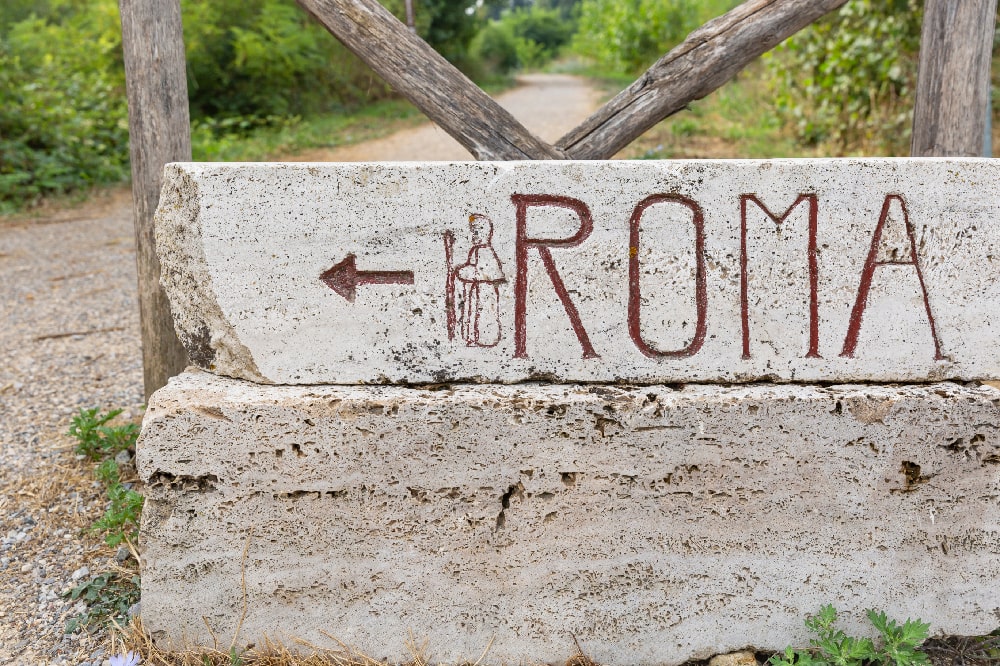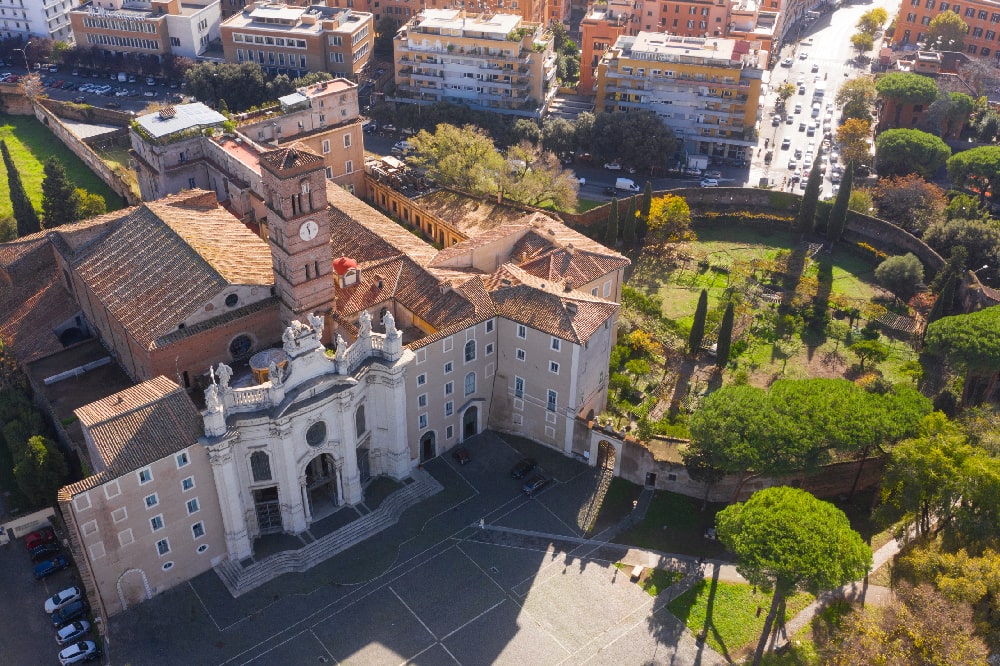The Veil of Veronica is one of the most mysterious and fascinating relics in the history of Christianity. Where does the legend of the veil with the face of Christ come from?
Contents
Although the name Veronica is not mentioned in any of the canonical Gospels it is mentioned in several apocryphal Gospels and historical and devotional documents from the 7th century A.D. onwards. Tradition indicates her as a young woman who followed the painful ascent of Jesus with the Cross on Golgotha and who, mercilessly, wiped his face smeared with sweat, tears and blood. The face of Christ was impressed on that linen cloth. The sixth station of the Way of the Cross is dedicated to this episode. Thus was born the Veil of Veronica, one of the most enigmatic relics in the history of Christianity, the basis of many forms of devotion and the origin of countless legends.
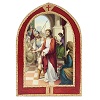
The Veil of Veronica: to whom did it belong?
There are many theories more or less likely about what was of the Veil, or Cloth of Veronica, or even Shroud of Veronica, after the Crucifixion of Jesus. The last definition is however wrong and inevitably refers to the Holy Shroud, but the reference is wrong, since the Shroud shows the whole figure of Jesus, while the Veil would only show the Holy Face. In some ways the story of the Veil of Veronica refers a lot to the mandylion acheropita, the sacred image “not made by human hands”. Abgar V Ukama, king of Edessa, seriously ill, asked his messenger to go and make a portrait of Jesus so that he could heal him, but Jesus, met the emissary, asked him for a cloth, with which he wiped his face, leaving his features impressed. So the mandylion was born.

In another version of the story, the cloth belonged to a woman named Veronica, a follower of Jesus. She wished to have a portrait of the Lord, and for this purpose, she had purchased a white cloth to deliver to a painter who would make it for her. But she met Jesus along the way, and He asked her for that cloth, rubbed it on her face, and gave her the much-desired portrait. That same effigy was then delivered by Veronica to the Volusian messenger, who arrived in Jerusalem by order of Emperor Tiberius, who was ill. Since Jesus had already been crucified on his arrival, the poor man was about to return to Rome empty-handed, but Veronica wanted to accompany him, carrying her veil, and as soon as the Emperor saw the precious relic he healed instantly. An inscription on the remains of a casket preserved in the Pantheon still bears witness to Veronica’s journey and the arrival in Rome of what is called here the “shroud of Jesus Christ”.

Later the relic was inserted by Pope Urban VIII in one of the four chapels in the pillars that support the dome of Saint Peter’s Basilica.
The healing of the bleeding woman
Veronica is often confused with another female figure mentioned in the Gospels. It is Berenice, better known as the bleeding woman, a woman whom Christ healed from endless bleeding. The episode is mentioned in the synoptic Gospels (Matthew 9,20-22; Mark 5,25-34; Luke 8,43-48). The confusion would arise from the fact that the names of the two women have the same etymology. In fact, Veronica is nothing more than the Latin translation of the Greek name Pherenike or Berenike, whose meaning is fere nike, “that brings victory”. The name Veronica derives from the Latin form of this name, namely Bernice, which retains the meaning of “bearer of victory” or “she who leads to victory”. However, in time Bernice was altered in Veronica, to adapt it to the ecclesiastical form true icon, “true image”. The reference is to the Veil of Veronica.

The Gospel episode tells of a woman suffering from an endless haemorrhage that touched Jesus, while Jesus went to the home of Jairus to heal her sick daughter. The woman, aware that her evil made her unclean in the eyes of God and men, tried to touch Jesus without being noticed, touching his cloak, but He turned, asked who had touched him, and the trembling woman stepped forward, explaining her gesture and announcing that she was healed. Then Jesus said to her: “Your faith has saved you, go in peace”.
Saint Veronica
Veronica would therefore have been one of the disciples of Jesus, one of the many women who followed him and the Apostles, to listen to the Word and embrace its message of salvation. But there is no reliable information about it, and it really could have been just one woman among many, moved to compassion in the face of the suffering of an innocent man who was dragged to death, to the point of making his way among his tormentors to give him a last moment of tenderness and mercy. Veronica’s gesture of approaching Jesus to wipe his face, as she could have done to a brother, a relative, is an example of mercy for all of us.

Women in the Bible: Jesus and the relationship with his disciples
What was the role of women in the history of Salvation?
According to legend, Veronica, after witnessing the Passion of Christ and His Crucifixion, decided to dedicate her life to spreading His Word. She joined the Apostles and then travelled across Europe and stayed for a long time in France, of which she is today the patron saint, to convert the Gauls. His liturgical memorial falls on July 12.

Easter in art: the most beautiful artworks representing the passion of Christ
Easter is the most important celebration for Catholics.
The Holy Face of Manoppello
Another tradition related to the Veil of Veronica says that the “Holy Face” was brought to Manoppello in the province of Pescara. Examinations carried out on the relic representing the face of Christ kept here since 1506 show that on the fabric there are neither colours nor pigments, and therefore it is not explained how the image was imprinted on it. Moreover, the dimensions of Manoppello’s face coincide with those of the Holy Shroud. It was a mysterious pilgrim who brought the heirloom to Manoppello, and nothing is known about him.

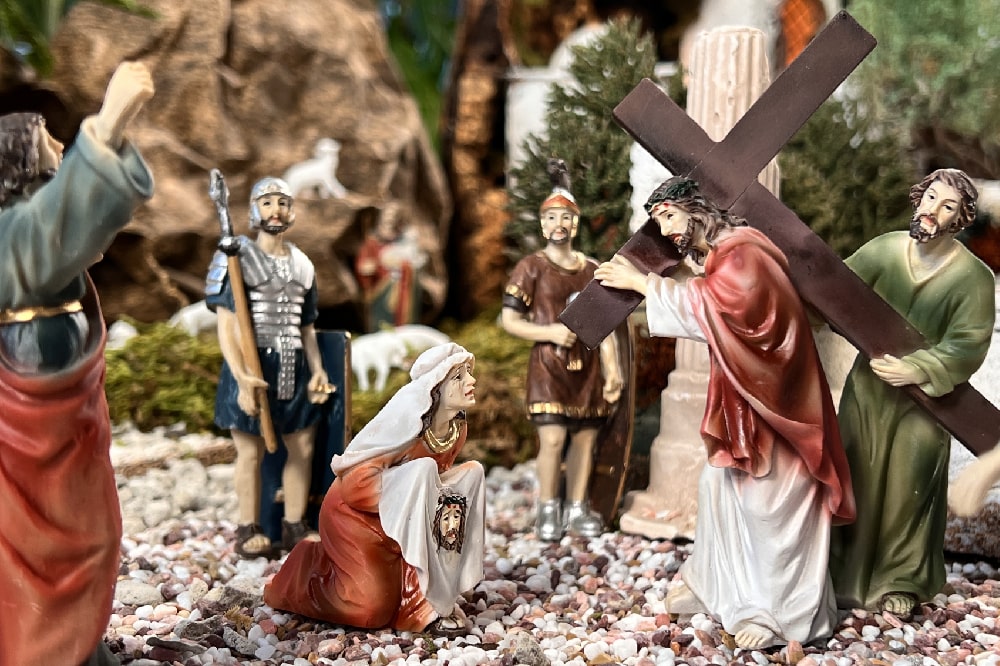






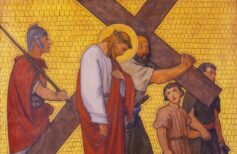

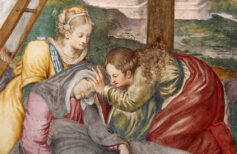






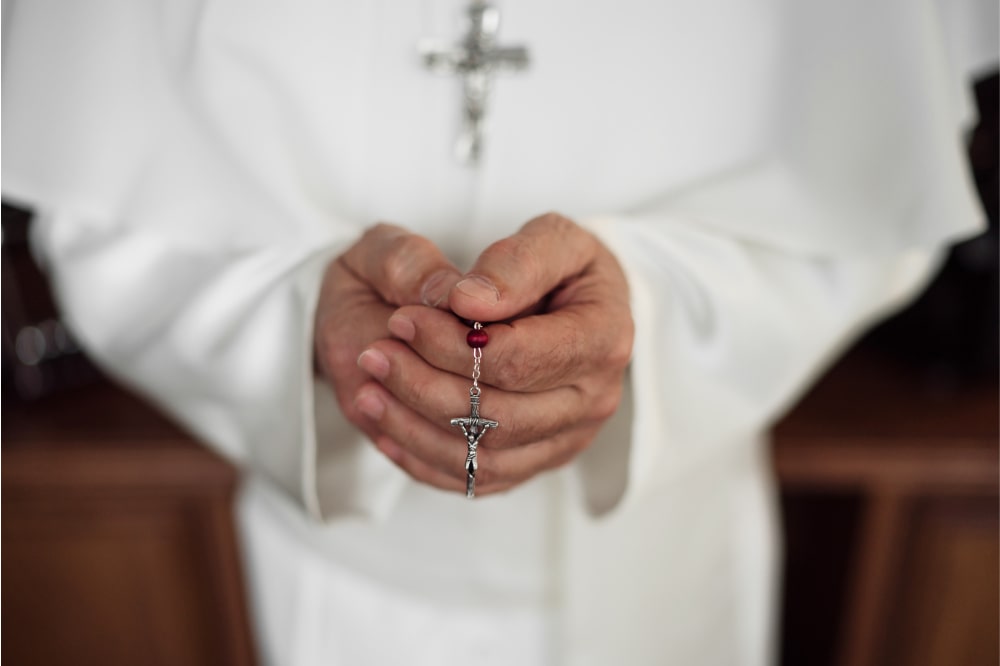
 5 June 2024
5 June 2024
